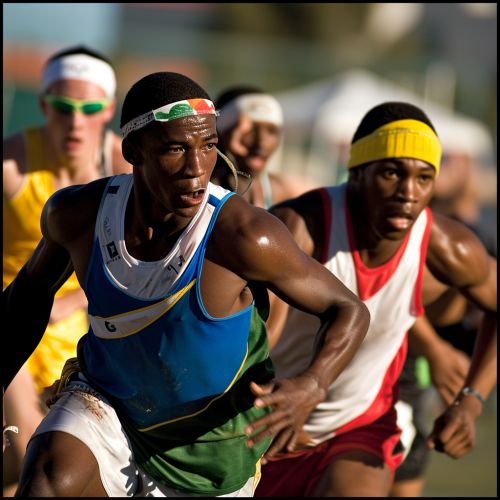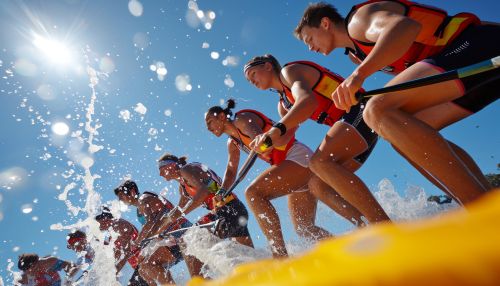Non-Olympic sports
Introduction
Non-Olympic sports are competitive physical activities that are not currently included in the Olympic program. These sports encompass a wide range of disciplines, from traditional games with centuries of history to newer sports that have recently gained popularity. The reasons for their non-inclusion in the Olympics vary, often involving factors such as global popularity, governance, and the sport's compatibility with the Olympic ideals.


Classification of Non-Olympic Sports
Non-Olympic sports can be broadly classified into three categories: recognized sports, sports in the Olympic program in the past but not currently, and unrecognized sports.
Recognized Sports
Recognized sports are those acknowledged by the International Olympic Committee (IOC) but are not part of the current Olympic program. These sports are governed by international federations that adhere to the Olympic Charter, and they may be considered for future inclusion in the Olympic Games. Examples of recognized sports include karate, squash, and baseball.
Past Olympic Sports
Past Olympic sports are those that were once part of the Olympic program but have been discontinued. These sports were removed from the program for various reasons, often due to lack of global participation or issues with the sport's governing body. Examples of past Olympic sports include polo, tug of war, and lacrosse.
Unrecognized Sports
Unrecognized sports are those that are not recognized by the IOC and have never been part of the Olympic program. These sports often lack a global governing body or do not meet the IOC's criteria for recognition. Examples of unrecognized sports include American football, netball, and kabaddi.
Governance of Non-Olympic Sports
The governance of non-Olympic sports is typically handled by international federations, which are responsible for overseeing the sport's rules, regulations, and international competitions. These federations may be recognized by the IOC, which allows them to apply for inclusion in the Olympic program. However, not all non-Olympic sports have a recognized international federation, which can limit their global growth and recognition.
Promotion and Development of Non-Olympic Sports
The promotion and development of non-Olympic sports often rely on the efforts of their respective international federations, national governing bodies, and grassroots organizations. These entities work to increase participation, improve competitive standards, and raise the sport's profile through events, training programs, and media coverage. In some cases, non-Olympic sports may also receive support from the IOC or other international sports organizations.
Challenges Facing Non-Olympic Sports
Non-Olympic sports face several challenges, including limited global recognition, lack of funding, and fewer opportunities for competition. Without the visibility and prestige of the Olympic Games, these sports often struggle to attract participants, sponsors, and media attention. Additionally, the absence of a recognized international federation can hinder a sport's development and global expansion.
Potential for Inclusion in the Olympic Games
The potential for a non-Olympic sport to be included in the Olympic program depends on several factors. The IOC considers the sport's global popularity, governance, and alignment with the Olympic ideals, among other criteria. The sport must also be widely practiced by men in at least 75 countries and on four continents, and by women in at least 40 countries and on three continents.
Conclusion
Non-Olympic sports, while not part of the current Olympic program, play a significant role in the global sports landscape. They offer diverse opportunities for participation and competition, and contribute to the richness and variety of the world's sporting culture. Despite the challenges they face, many non-Olympic sports continue to thrive and evolve, reflecting the enduring appeal of athletic competition and the human spirit of achievement.
